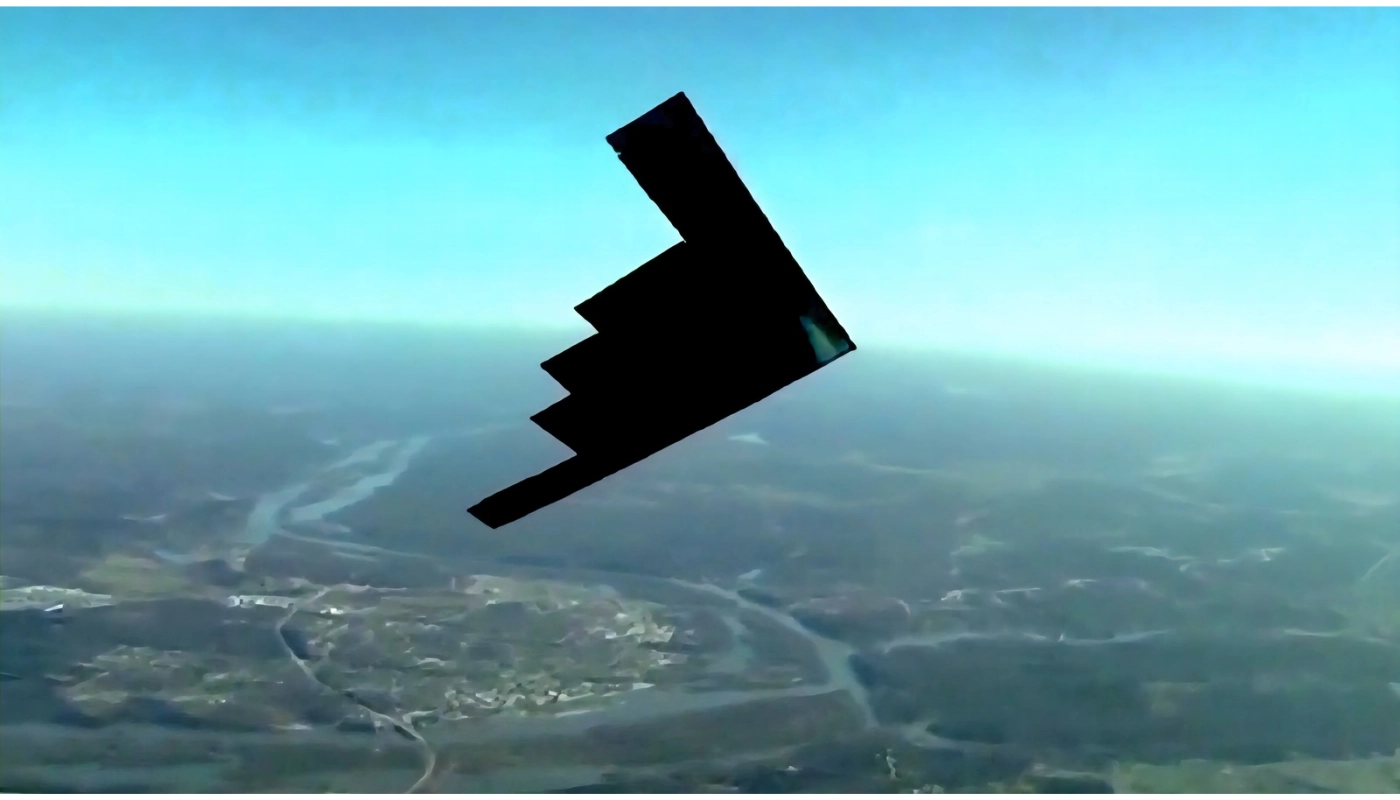In a major escalation of its involvement in the Middle East conflict, the United States launched coordinated airstrikes on three Iranian nuclear facilities—Fordow, Natanz, and Isfahan—on the evening of June 21, President Donald Trump announced in a televised address. The operation, dubbed Operation Midnight Hammer, employed bunker-buster bombs and Tomahawk missiles and was carried out with Israeli coordination.
Trump described the strikes as a “spectacular military success,” stating that Iran’s key nuclear enrichment infrastructure had been “completely and totally obliterated,” and warned that additional targets could be affected if Tehran fails to pursue peace.
Defense officials reported that seven B‑2 stealth bombers from Whiteman Air Force Base dropped 14 Massive Ordnance Penetrators (MOPs) on the deeply buried Fordow site, while dozens of Tomahawk cruise missiles targeted Natanz and Isfahan . Initial assessments describe “extremely severe damage,” although surveillance continues to determine underground impact.
Iran acknowledged the strikes but denied significant damage, citing prior evacuation of nuclear material. The Atomic Energy Organization confirmed no radiological contamination was detected.
Reactions Domestically and Internationally
Iran’s response: Tehran condemned the attacks as “criminal aggression,” vowed a “proportionate response,” and placed its military on alert—including threats in cyber, asymmetric warfare, and possible closure of the Strait of Hormuz .
U.S. political fallout: Republicans largely praised the strikes, while numerous Democrats and some Republicans criticized the administration for bypassing Congress and warned of unconstitutional overreach.
Global reactions: U.N. Secretary-General António Guterres and major European powers called the operation a dangerous escalation. Allies such as the UK and Australia offered cautious support, while Russia and China condemned the U.S. involvement.
Strategic and Future Implications
The preemptive strike marks a significant shift in U.S. policy from defense to direct confrontation. While meant to halt Iran’s nuclear progress, experts caution that key materials may have been relocated beforehand and that the action could accelerate Tehran’s nuclear ambitions.
With both countries on high alert, diplomatic channels remain active but fragile. Observers emphasize the importance of preventing further escalation in an already volatile region.







